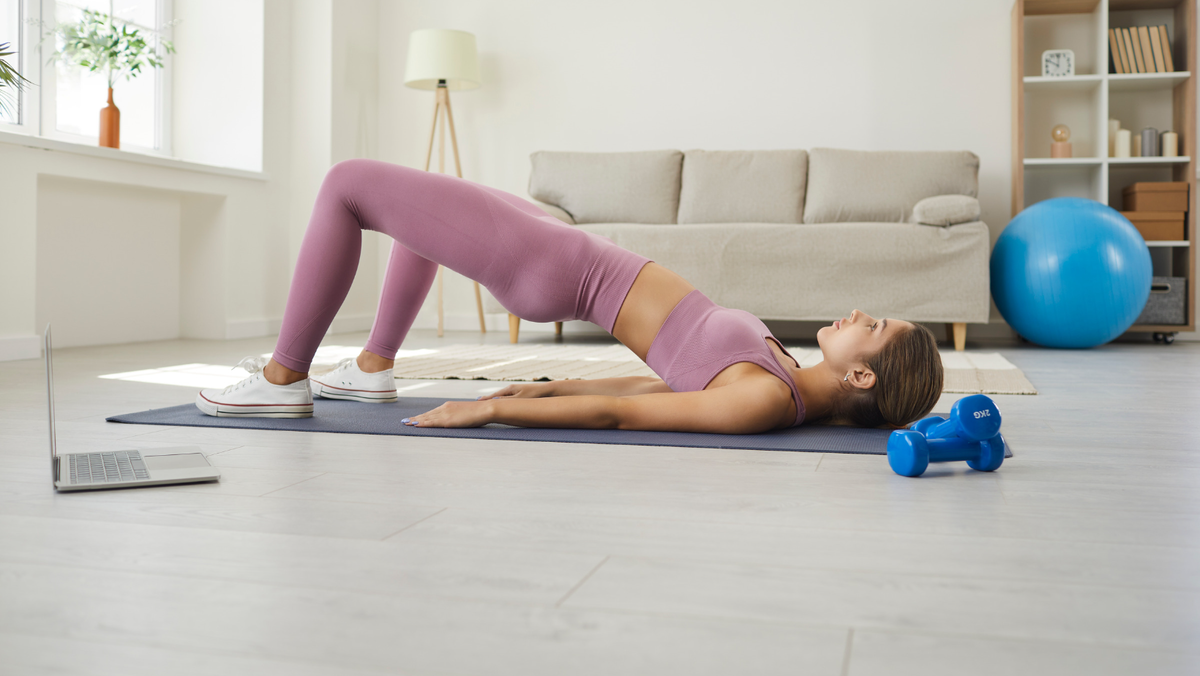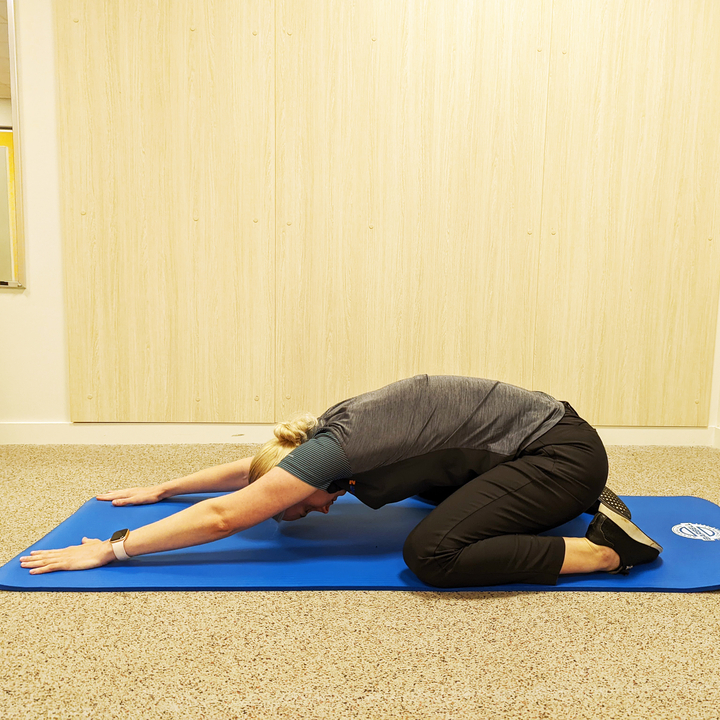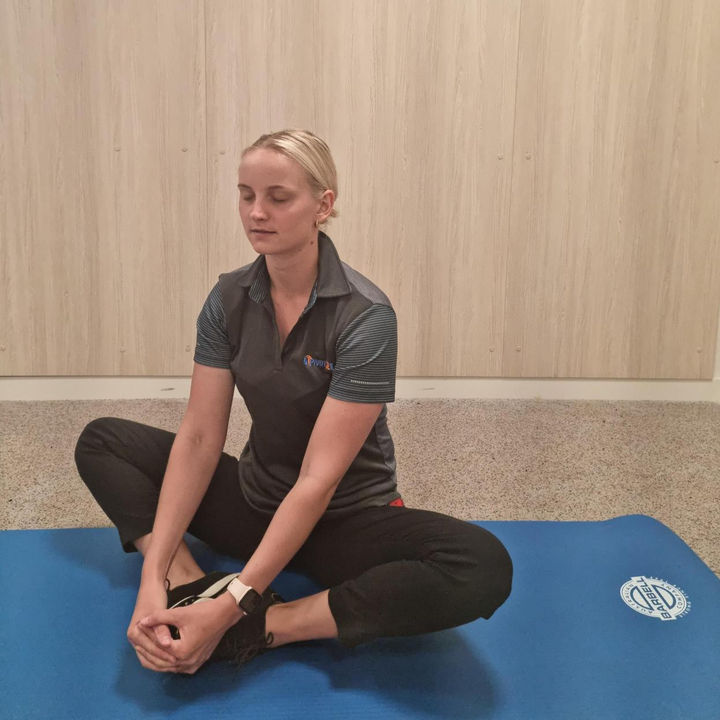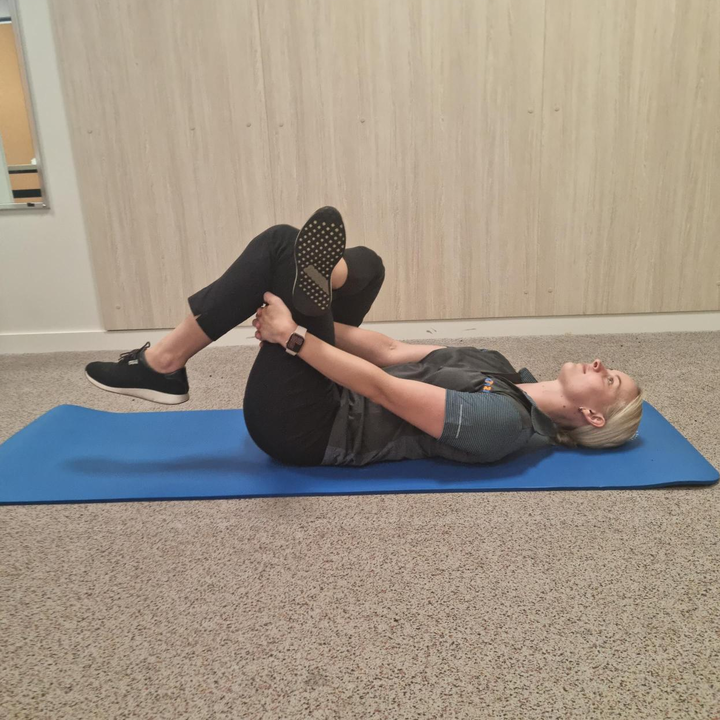Do you have an Overactive Pelvic Floor?

Squeeze! Tighten!... Wait!
How often have you been told to "squeeze" or "tighten" your pelvic floor? Well, those constant kegels could be doing more harm than good. If your pelvic floor muscles are TOO tight, it can cause many uncomfortable symptoms. A tense pelvic floor can cause pain in and around the pelvis, including vaginal, rectal and lower abdominal pain. Urinary symptoms are also a side effect of an overactive pelvic floor, such as urgency, frequency, slow flow, incomplete emptying, and leaking with coughing/sneezing. Pain or difficulty emptying the bowels can also arise from an excessively tight pelvic floor. You can also experience pain with sex, either at the entrance or the vagina or with deep penetration, which can also indicate an overactive pelvic floor.
What is Causing your Tightness?
Some common risk factors of a tight pelvic floor include:
- Trauma - e.g. a fall onto the tailbone or sexual abuse
- Infection or Inflammation - e.g. chronic urinary tract infections or chronic thrush
- Pelvic Surgery - this can cause scar tissue, e.g. post-hysterectomy or post-prostatectomy pain
- Body Image Concerns - lots of women will suck in their stomach, which, in turn, switches on your Pelvic Floor Muscles
- Hypermobility - some people with excessive hip and pelvic mobility can compensate through Pelvic Floor Muscles
- Stress
Stretch It!
A women's health physiotherapist will prescribe a down-training program for your pelvic floor. Down-training can assist in teaching the muscles to relax entirely. This program can often include diaphragmatic breathing, visualisation, massage and stretches.
Three specific stretches can assist you in relaxing your pelvic floor muscles.

Child's Pose
- On your hands and knees, spread your knees as far apart as possible.
- Stretch your arms forward on the floor in front of you.
- Bring your forehead down to touch the ground and hold.

Butterfly Stretch
- Sit on the ground with the soles of your feet touching.
- Push your knees down and hold.

Piriformis Stretch
- Lie on your back with your knees bent up.
- Bring one foot across your thigh to make a figure of 4.
- Pull that thigh towards your chest and hold.